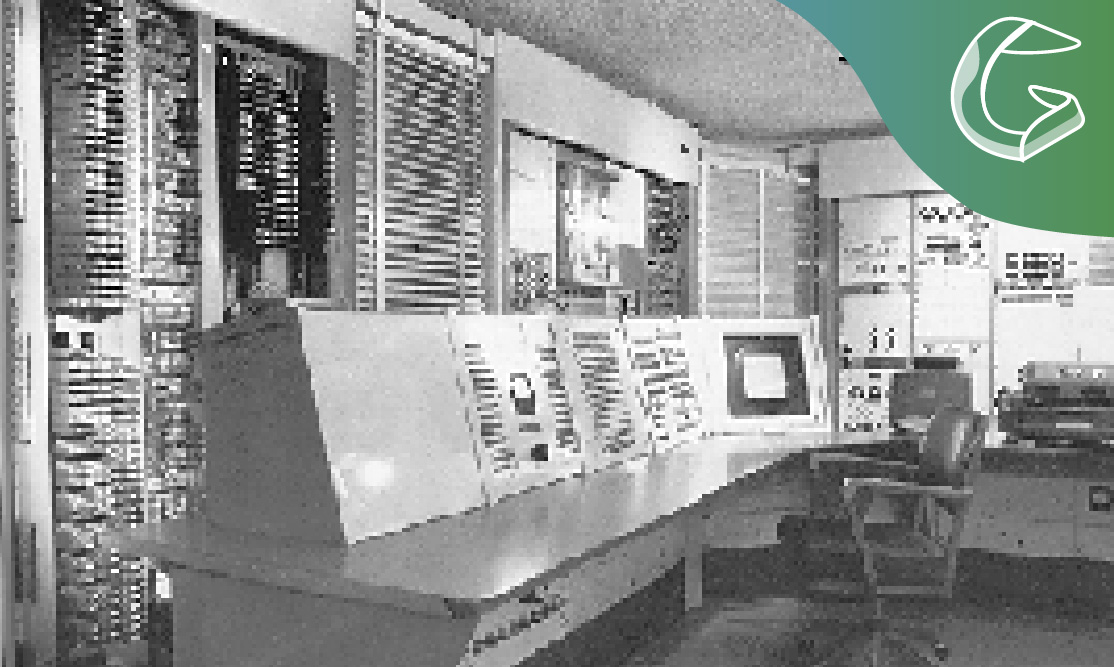If there is something nobody can deny at the moment is that the Internet has radically changed the way we live. New professions, teleworking, digital educational environments, shopping online all over the world, online medical consultations, global events, even long distance relationships…

Although it is true that along history there have always been technologies and remote actions, with the Internet this took a phenomenal leap and has become part of our daily lives. And even more so in times of pandemic. Therefore, what is the story of this prodigious invention?
The Cold War: a military approach
Due to the “cold” confrontation that the United States and the Soviet Union had throughout the world since 1945, a technological competition was developed, which has included a number of military as well as space inventions, and also communication advancements. In this field, in 1957, «ARPA» («Advanced Research Projects Agency»), under the Department of Defense, was organized in the United States, whose function was to investigate and coordinate communication projects that were invulnerable to a potential external attack. Throughout the 1960s, great progress was made in this regard, achieving some interconnections between several nodes, although something key was missing: ensuring that, in case of attack, the entire system did not collapse, but that the remaining nodes could operate independently.

In 1969, a quality leap was made: a network of four universities interconnected in a decentralized way was created ARPANET . This is considered the first birthday of the Internet, which, at the same time, began to increasingly include universities and all the academic field. Already in 1972, 50 universities were connected, allowing scientific exchanges and collaborations among their members. At that time, some international connections also started to happen, among the United States, the United Kingdom and Norway. On the other hand, the first email record was created in 1970, to coordinate the communications of this great connection system.
The 80s: It became massive
With the emergence of increasingly smaller and cheaper computers, governments began to invest in studies to analyze the extent of possible uses of the Internet in other areas of life. The decline of the Cold War also caused the military approach to lose interest, and to focus on civilian activities. In 1983, the TCP / IP protocol was adopted, later known as «Internet», which is an abbreviation of «network» and «Interconnect», that is: interconnected networks. In 1989 the first website was created, using a navigation program and the well-known HTML and HTTP. Finally, in 1991 any user was able to access the information generated on existing networks. Websites increased from 100 in 1993 to 200,000 in 1997, and from there, the exponential growth has never stopped.
The 2000s: social media
Starting in the mid-2000s, the Internet generated a new phenomenon: social networks. LinkedIn in 2003, Facebook in 2004, YouTube in 2005, Twitter in 2006, Instagram in 2010, plus some other ephemeral, local, or niche. Social networks allow interaction among users, unlike the classic web where generally you could only see information but not interact with it. Social networks are distinguished by the link among people and a more collaborative and not so one-way approach.

In this sense, Wikipedia, for example, displaced the traditional Encyclopedia Britannica, since the collective construction of knowledge began to be valued more than the one-way speech of a group of experts. Although it is necessary to beware of false information, at this moment the possibility of knowing other alternative realities, of investigating other knowledge and of exploring other interests was enabled.
In recent years, social networks have specialized in the so-called «e-commerce», electronic commerce. Together with large specialized platforms, they have made it possible to buy almost anything from a distance, allowing access to many goods that were previously geographically restricted, while supporting small local businesses.
Educational uses
The Internet also made it possible the spread of long distance education, offering online and interactive resources, allowing study programs at foreign universities and enabling interaction with people from other countries, among many possibilities. Language learning has been enhanced by the Internet, both in face-to-face courses – since you can count on online resources to complement the classes – and in the distance modality, where it is the right environment to communicate and practice. For this reason, the Internet is today the main ally for solid language learning.

Conocé más sobre nosotros en nuestra página web, instagram, facebook, linkedin, blog y aprendé inglés online.
Sumate a nuestro newsletter para recibir novedades sobre nuestros cursos.